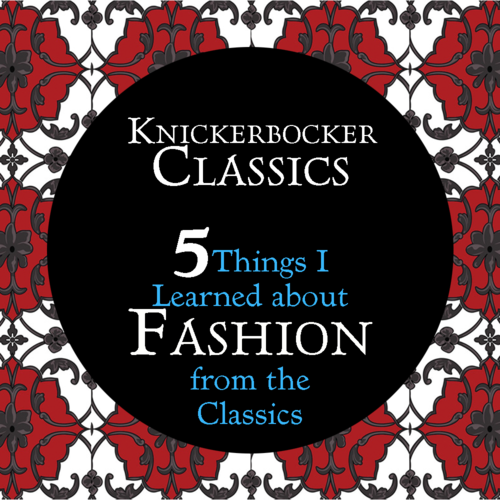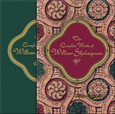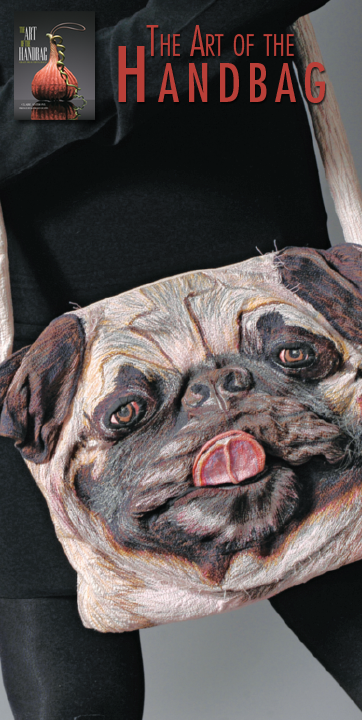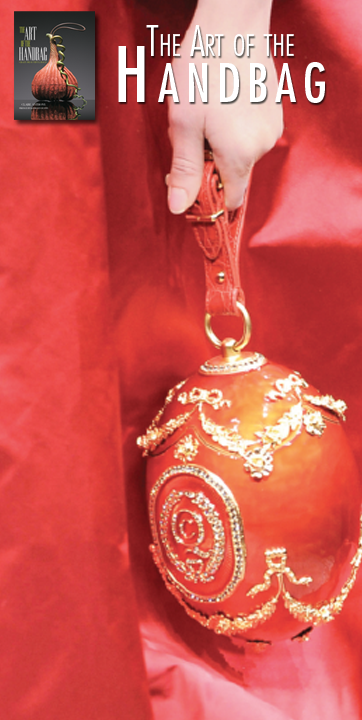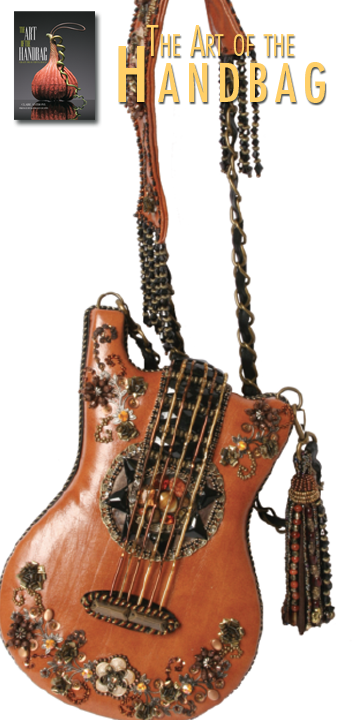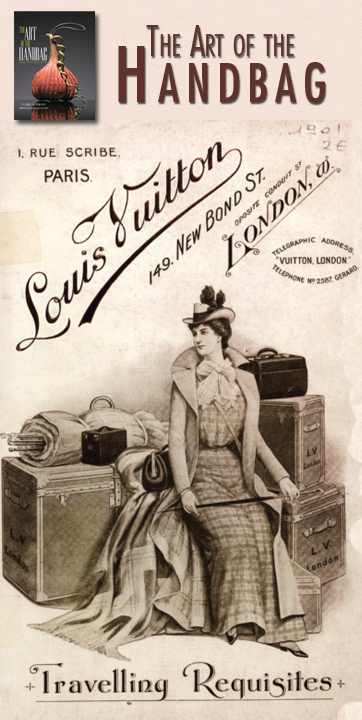They may have been from all different walks of life but they definitely had a few things in common, and one of them was style. John Hughes: A Life in Film details costume designer Marilyn Vance’s plans for styling each character from The Breakfast Club.
Costume designer Marilyn Vance (below) created a costume design board for each character in the film, either cutting out a face or figure from a magazine or sketching one herself to give that character a “look”. The original design boards became those characters.
Allison Reynolds (played by Ally Sheedy): Black was not happening at the time according to Vance, but that was Sheedy’s character. So her purse, fabric, and cashmere sweater, supposedly her father’s were black. She was a dark character.
Brian Johnson (played by Anthony Michael Hall): For Hall’s character, Vance chose green and khaki pants and regular turquoise blue and white sneakers with two different color socks. “Nike made me those three-toned sneakers for Michael,” she adds.
Claire Standish (played by Molly Ringwald): Vance explains she didn’t want to make Claire “hard” so she went with a pinkish look accented by a brown leather jacket.
Andrew Clark (played by Emilio Estevez): Vance went with royal blue for the team jacket, figuring blue to be the school color. She adds, “Then we cut those T-shirts to make him bigger and more muscular.”
John Bender (played by Judd Nelson): Bender, of course, is a renegade, anti-fashion guy (as was Jon Cryer’s Duckie in Pretty in Pink). Vance reveals, “I still get emails today about Bender – Where did that overcoat come from? A thrift store! WE cut the shirtsleeves off, beaded it up, and made sure the plaid material matched.
 John Hughes wrote 46 movies, produced 23, and directed 8. He never went to film school, never spent time studying film and its history, but was unusually adept in three key areas — writing, directing and producing.
John Hughes wrote 46 movies, produced 23, and directed 8. He never went to film school, never spent time studying film and its history, but was unusually adept in three key areas — writing, directing and producing.
John Hughes: A Life in Film, by Kirk Honeycutt, former chief film critic at The Hollywood Reporter, is the first complete illustrated tribute to the legendary writer and director, and includes fresh interviews with Judd Nelson, Matthew Broderick, Christopher Columbus, Steve Martin, and more.







